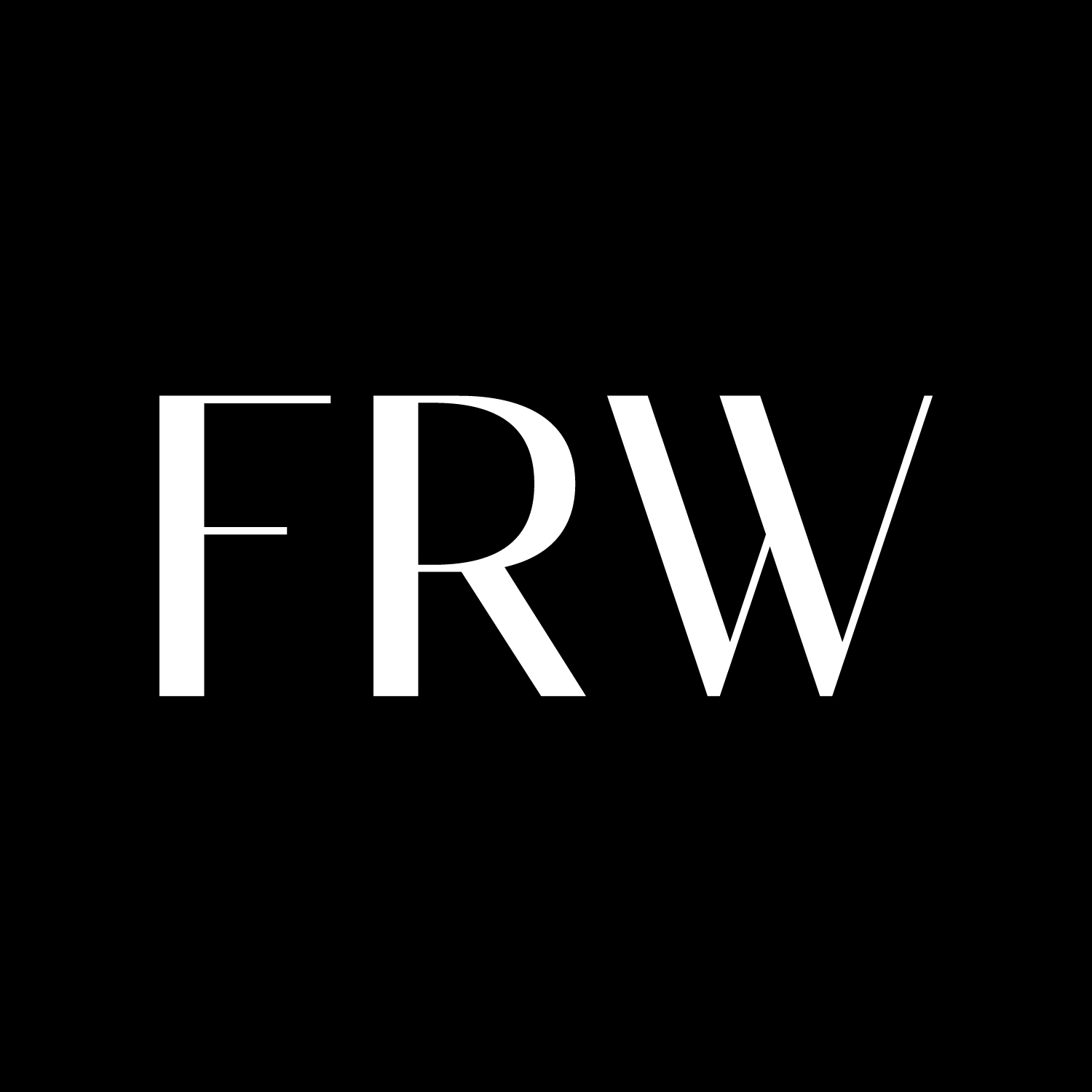On May 15, I was interviewed on the Willis Report. The topic was the Phoenix Housing Market. The title of the interview was Is the Phoenix housing market cooling off? The answer is the Phoenix housing market has transformed from a dominant cash purchase market to a dominant mortgage purchase market, and transformed from a market full of foreclosures and short sales to a more traditional sales market.
Yes, the reduction in the number of cash purchases has dramatically reduced the number of overall sales. But the reasons for the reduction in cash purchases is not a bad thing. Two reasons why is that prices reached a point where it did not make sense for some investors to invest, and the number of cheap distressed properties coming on to the market is now very low. In fact, the number of single family foreclosure starts is at pre-real estate recession levels.
The effect of less cash purchases and more purchases with mortgages means sale prices will not likely increase at the level they did last year, but may flatten and even decrease a little in certain areas. The number of days to close a transaction will go up, slowing sales, since inventory has increased and many buyers are taking their time to find a home.
I will be coming out soon with a report on trends in how single family properties were purchased in April 2013. I think you will find it interesting. Have a great weekend!



Follow Fletcher